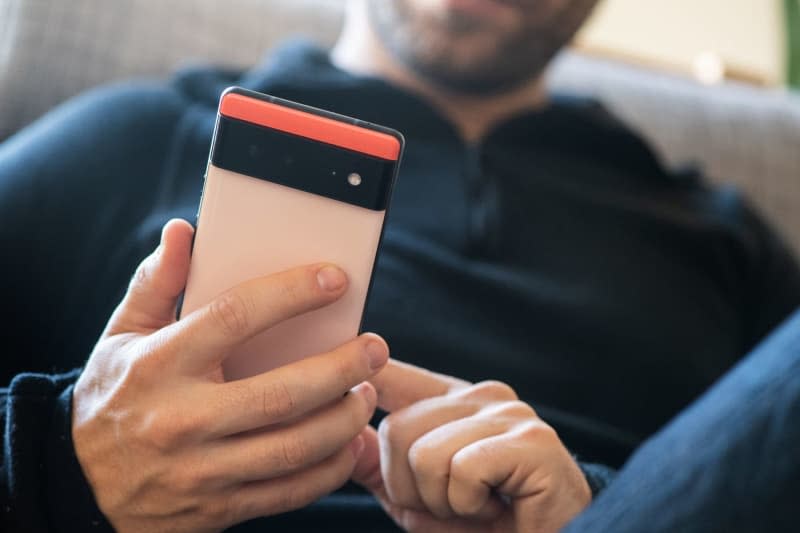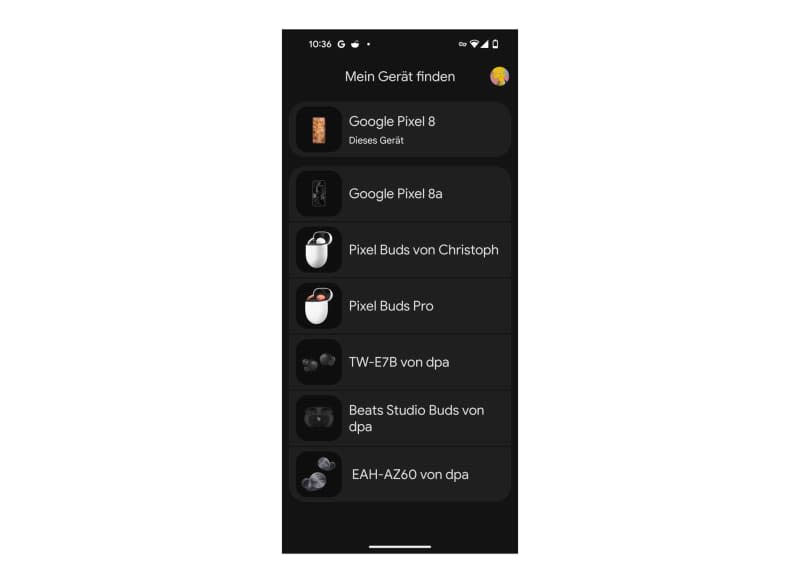Track your stuff: How Google's new Find My Device network works

If your headphones, keys, luggage and Android phone are constantly going missing, then there's a new Google feature that you may find helpful.
Find My Device, a new network for tracking devices similar to Apple's Find My network, lets you track down compatible devices without an active internet connection.
After launching in the US and Canada in April, it's now rolling out in European countries, among others. Here's how it works, what it can do and what it can't.
How do I start using this network?
If the Find My Device is available in your country, you'll likely already have received an email that it's been activated. Anyone who has not opted out is now part of the search network, which can be found in the settings under "Google" and "Find My Device".
You can also switch off your phone's participation in the service here. If you have not already done so, you will need to download the Find My Device app from the Play Store in order to locate devices. It replaces the previous app of the same name.
And how does the search network work?
Google's Find My Network essentially works the same way as Apple's version. All participating smartphones search for nearby devices and tags via Bluetooth, as Google explains.
If they recognize connected and registered devices, they send their location to the network. The more people whose devices pick up a signal in this way, the more precise the location will be.
If no one is in the vicinity of the device, there is of course no location information. Google states that all data is end-to-end encrypted and only the registered owners of a device can see its location.
So even if your phone is transmitting information about someone else's device nearby, Google says that you have no access to the data yourself.
What can I track with Find My Device?
The web-based device search can be used to track down your own smartphone, tablet or Chromebook (if activated), as well as connected Bluetooth devices like earbuds and smartwatches.
Tracker tags from various manufacturers can also be tracked down via the app after pairing with your own Google account. In combination with the app, you can then track things like luggage, pets, a bicycle or a set of keys.
To set it up, log in to your Google account online and select the search function. Once a device has been found, you can lock it here, play a sound to locate it or reset it to the factory settings.
Offline devices can now also be tracked down, and practical tests have shown thids works reasonably well. A connected pair of Pixel Buds Pro could only be tracked to the extent that there was a message about the last connection with the user's own smartphone.
If you have not lost your smartphone, but only one device, the Find My Device app can help. This can also be used to track down paired Bluetooth devices such as smartwatches or wireless headphones via smartphone. For this to work reliably, the location history must be activated in the settings of your Google account.
If a device can be tracked down, it is displayed in a map view. You can then use Google Maps to determine a route to the location, lock the device or play a sound to locate it, for example.
Which devices cannot be tracked?
The default setting allows you to track your own smartphone and any connected Bluetooth devices - but not all of them. As is typical for Android, some manufacturers operate their own search networks.
Samsung, for example, wants users to use Samsung's own app for their devices, which is why headphones or the Korean manufacturer's own smart tags tend not to appear in the app.


